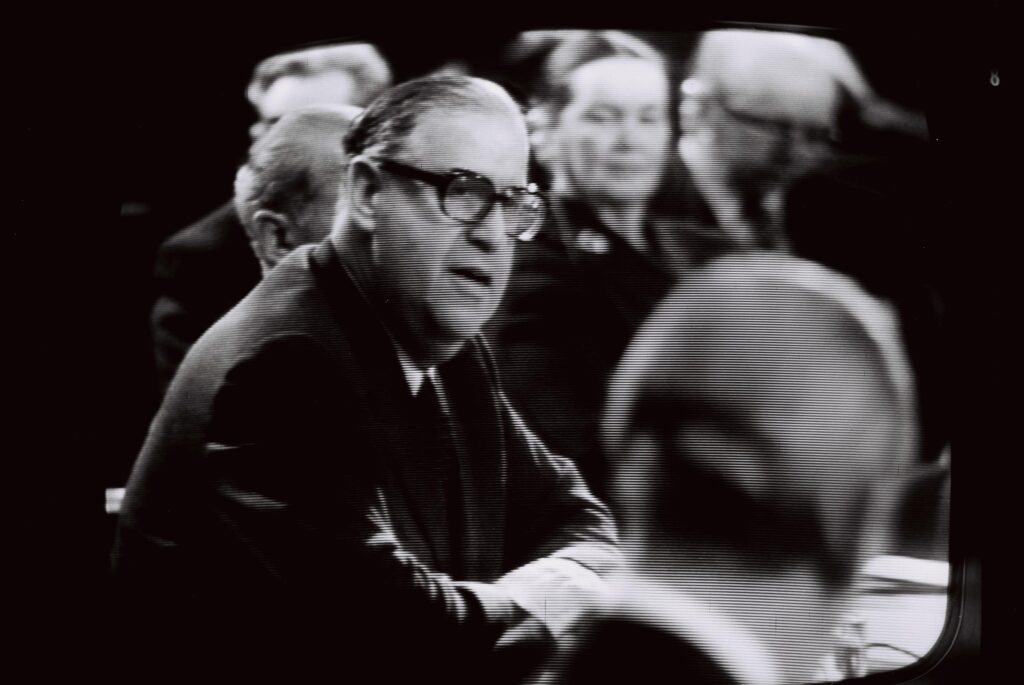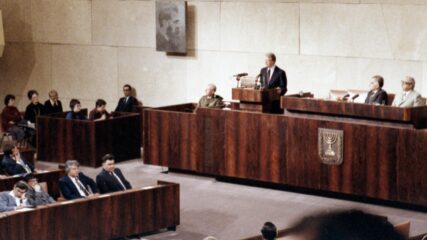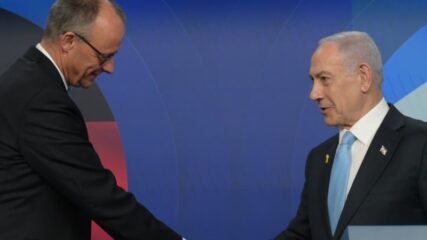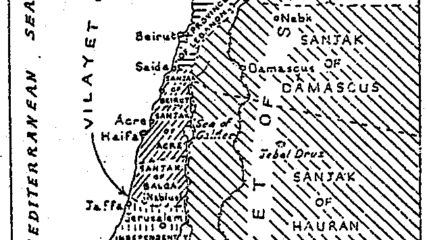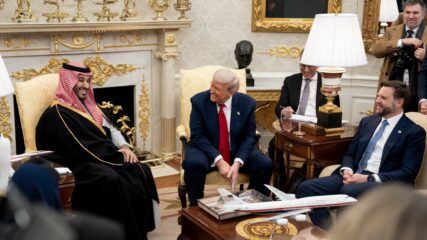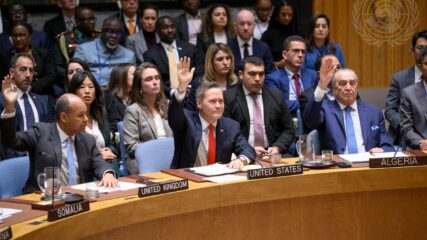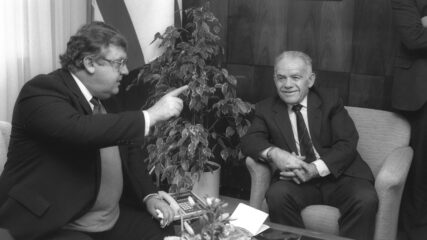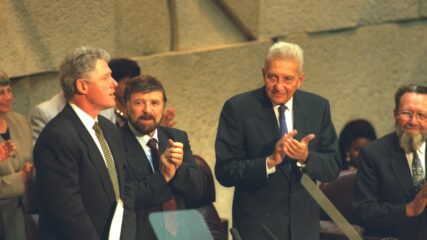December 21, 1973
Though the Geneva Middle East Conference is convened under the co-chairmanship of the United States and Soviet Union, Secretary of State Henry Kissinger kept the Soviet Union almost totally uninformed about progress being made privately between Israel and Egypt for a future disengagement agreement. Egyptian President Anwar Sadat, in turning to the United States for diplomatic engagement, made it clear that he did not want to have a conference where detail would be discussed; only formalities were to take place at a conference.
The detail of the January 1974 Israeli-Egyptian Disengagement Agreement were worked out before the conference. Indeed, foreign ministers from Israel, Egypt and Jordan attend the conference “aimed at establishing a just and durable peace in the Middle East.” Syrian President Hafez al-Assad chooses not to attend because the United States and Israel refuse to recognize the PLO as the representative body for the Palestinians at the conference since the PLO refuses to recognize Israel’s right to exist. And nothing that Assad heard from Kissinger makes him believe that Israel is willing to leave any part of the Golan Heights. Assad also correctly senses that the conference is only a cover for an Egyptian-Israeli agreement.
The foreign ministers leave Geneva by December 29 with the stated intention to reconvene at a future date, but this never occurs. President Jimmy Carter tries in 1977 to resurrect the conference idea, but Sadat and Israeli Prime Minister Menachem Begin balk at that possibility if it means negotiating details in public.

